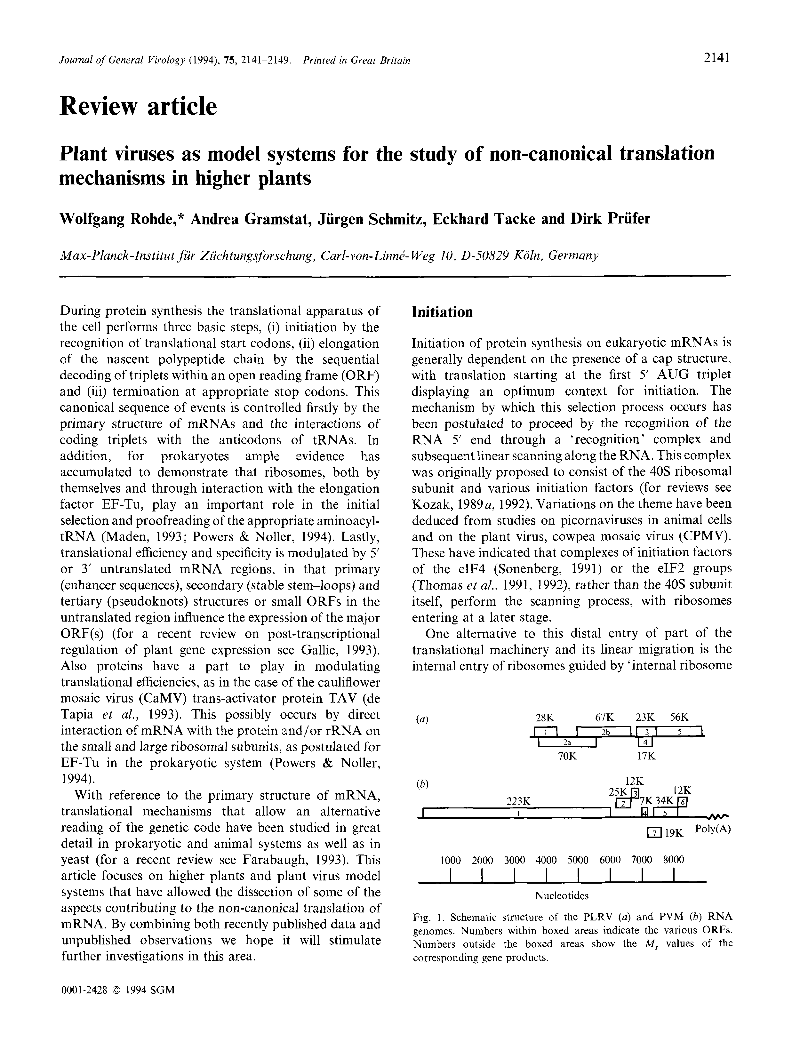
Full text loading...

Plant viruses as model systems for the study of non-canonical translation mechanisms in higher plants, Page 1 of 1
< Previous page | Next page > /docserver/preview/fulltext/jgv/75/9/JV0750092141-1.gif
There is no abstract available.

Article metrics loading...

Full text loading...
References


Data & Media loading...
